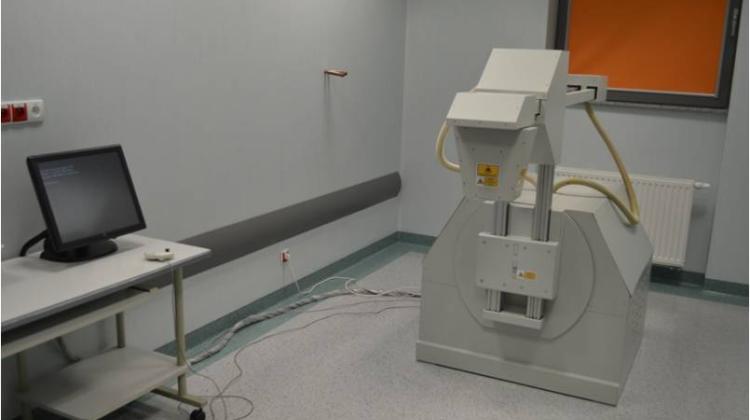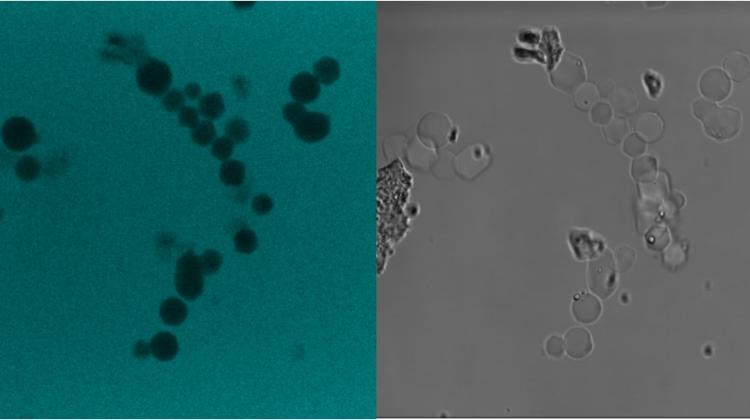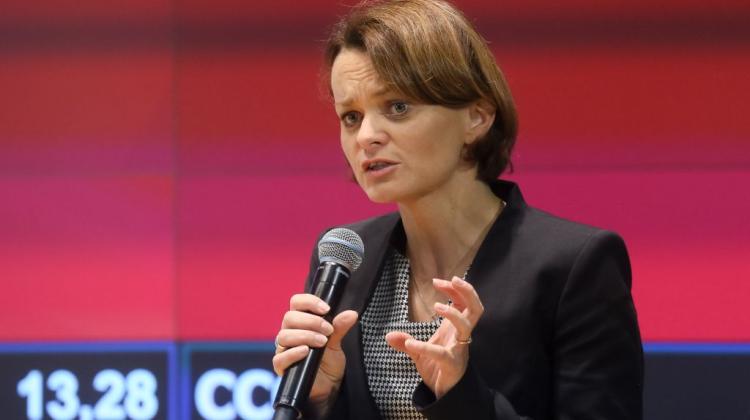Hot and cold, or how engineering thought supports medicine
 Source: Prof. Ewa Majchrzak; Silesian University of Technology
Source: Prof. Ewa Majchrzak; Silesian University of Technology
Burned skin has a lower temperature than the surrounding intact skin and the lower areas of the body. During the healing process, the temperature of the damaged tissue rises, levelling up with the temperature of healthy tissue. This process can be tracked using a thermal imager, but scientists have designed a device that will further assist in the diagnosis and treatment of burn wounds.
In 2010, the Biomedical Engineering Center of the Silesian University of Technology started cooperating with the Burn Treatment Centre In Siemianowice Śląskie. Engineers and physicians attempted to facilitate the diagnosis of burn wounds and improve control over their healing. The researchers based their concept of the invention - IR Diagnostics - on medical thermography.
Thermography is a method of imaging and recording of body temperature changes in the mid infrared (in the wavelength range of 2.5 - 25 μm). It is quite commonly used in medicine. However, the idea of Silesian scientists was a bit different. While medical thermography is based on flat images that can be made with a conventional thermal imaging camera, the invention of the Silesian team is based on the so-called encircling thermography. This technique takes into account the anatomy of the human body, the surface of which is not flat.
"The surface of burned skin has a lower temperature than normal skin, which is related to its damage and loss of metabolism" - explained lead researcher Prof. Ewa Majchrzak. During the healing process these temperatures are levelled up. Knowing the value of the difference between these temperatures enables the diagnosis of burns" - she said. First degree burns are not dangerous, a cold compress is a sufficient treatment. Third degree burns are also clear because the tissues are carbonized and there are not many available treatments. Doctors have the biggest problems with second degree burns. "In this case, the doctor must decide whether the tissue should be surgically removed or treated. The ability to determine the severity of burn in this case is crucial in deciding how much tissue can be saved" - explained the researcher.
IR Diagnostics can be used not only for the diagnosis of burn wounds, but also for the imaging of healing of other difficult and extensive wounds such as diabetic wounds, in which temperature differences also occur.
The prototype of the camera, which was created in cooperation of scientists from the Silesian University of Technology, Czestochowa University of Technology, doctors from the Burn Treatment Centre in Siemianowice Śląskie and engineers from the Institute of Medical Technology and Equipment in Zabrze, moves over the patient\'s body and "scans" the wound surface. After measurement, the thermograms are arranged on a plane and compared. In addition to burn diagnostics, encircling thermography allows to compare to wound healing rate and effectiveness, allowing for therapeutic adjustment and effective treatment.
"The road of such an invention to general use is very long" - said Prof. Majchrzak. "First is the concept and virtual model that we have created in collaboration with the doctors from Siemianowice, then the prototype built at the Institute of Medical Technology and Equipment in Zabrze, then the tests, of which we still have too few. Such equipment is first tested on dummies, the safety of its use is tested, the method of measurement (for example distance from the wound to optimise the measurement), and then tests on healthy subjects and patients are performed" - the researcher described.
Since the completion of the project in 2014, the researchers did not have sufficient funds to complete the clinical trials, but the device prototype has won several awards and medals and it has been noticed. The company Fulco is interested in buying the patent, completing clinical trials and introducing the equipment for extensive use. At the moment, work is being started on a project financed by the Silesian Voivodeship, in which clinical trials will be completed and the interdisciplinary idea of the Silesian team will enter into medical practice.
PAP - Science and Scholarship in Poland, Dr. Aleksandra Ziembińska-Buczyńska
Dr. Aleksandra Ziembińska-Buczyńska is a microbiologist from Silesian University of Technology. Since 2017 she is head of the Science Promotion Centre. In 2015, she took third place in the third Polish edition of FameLab. She hosted the show "Inventors of the future" on CANAL+ DISCOVERY, presenting Polish inventions and discoveries that will change our world in the near future.
The text is one of the results of the program Spokespersons of Science, organized by the Copernicus Science Centre and the British Council Foundation. The program facilitates establishing cooperation between scientists who popularise knowledge and science journalists.
ekr/ kap/
tr. RL
Przed dodaniem komentarza prosimy o zapoznanie z Regulaminem forum serwisu Nauka w Polsce.

















